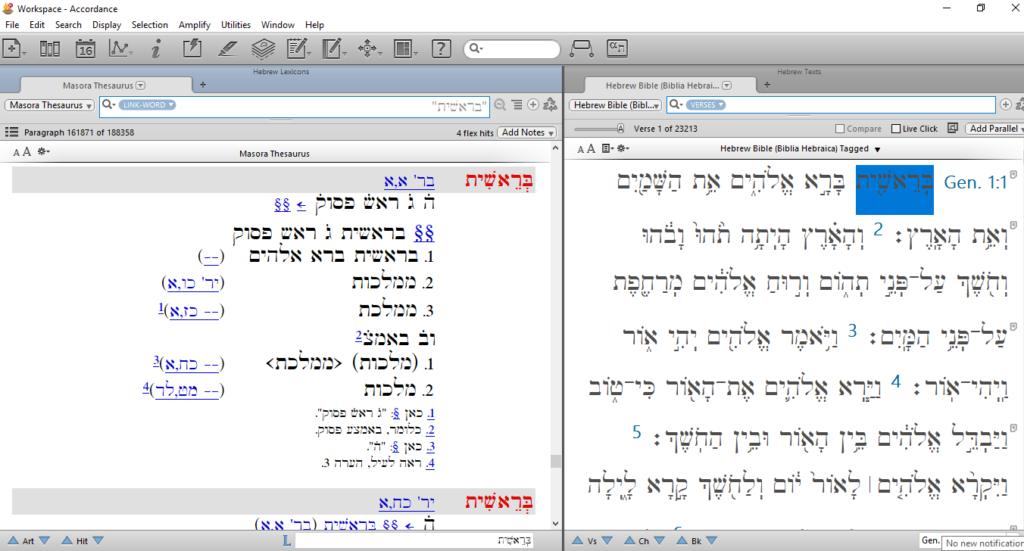The individual questioning Jesus is identified as a νομικός (Luke 10:25); an expert in the Pentateuch or Mosaic Law (See BDAG pg 676). Jesus naturally asks that expert how he interprets/reads the Pentateuch and Jesus does so using the Jewish version of the“Socratic method”. The expert, of course, quotes neither from Gamaliel nor from any of the books of the Prophets, and nor any of the sects mentioned above but from the Pentateuch, alone.
However, the expert is also interpreting these verses as the phrase ζωὴν αἰώνιον (eternal life) is to be found neither in relation to Deut 6:5 nor to Leviticus 19:18. In fact, the phrase is ζωὴν αἰώνιον is not found in the written text of the Pentateuch. The phrase is found in the LXX version of Daniel 12:2 and the Psalms of Solomon 3:12, but these texts have nothing to do with the two text quoted from the Pentateuch. What is more interesting is that Jesus agrees with this expert’s interpretation (Luke 10:28). However, nothing in the written text of Deuteronomy 6:5 or Leviticus 19:18 seem to suggest anything having to do with acquiring eternal life.
Questions for thought:
(1) Why did the expert identify Deut and Leviticus?
(2) How does the expert connect the verses in question to the concept of eternal life?
(3) What, was the method of hermeneutics was the expert utilizing?



